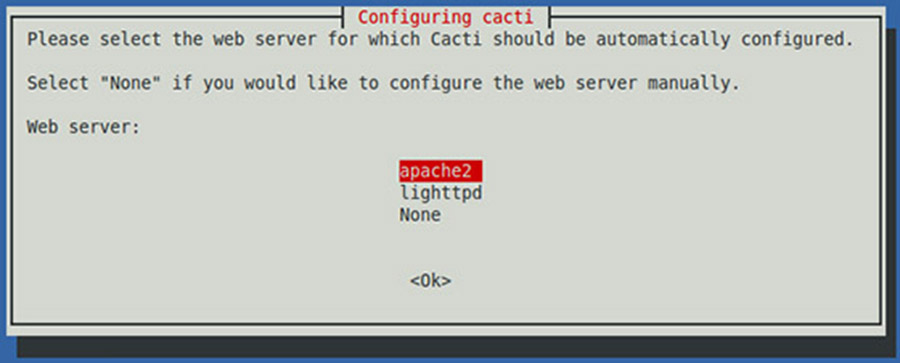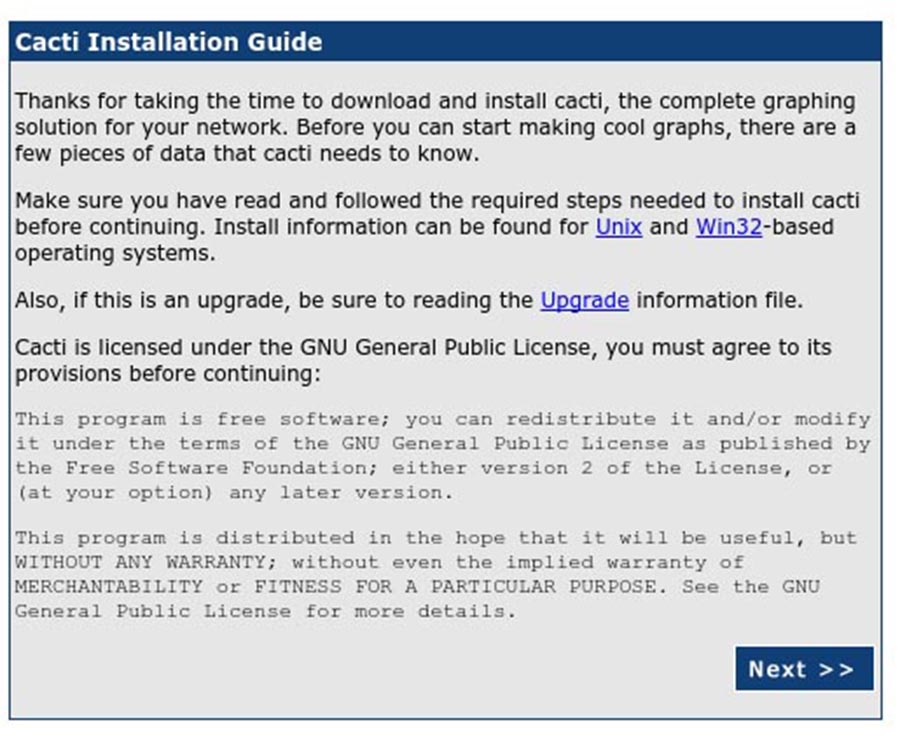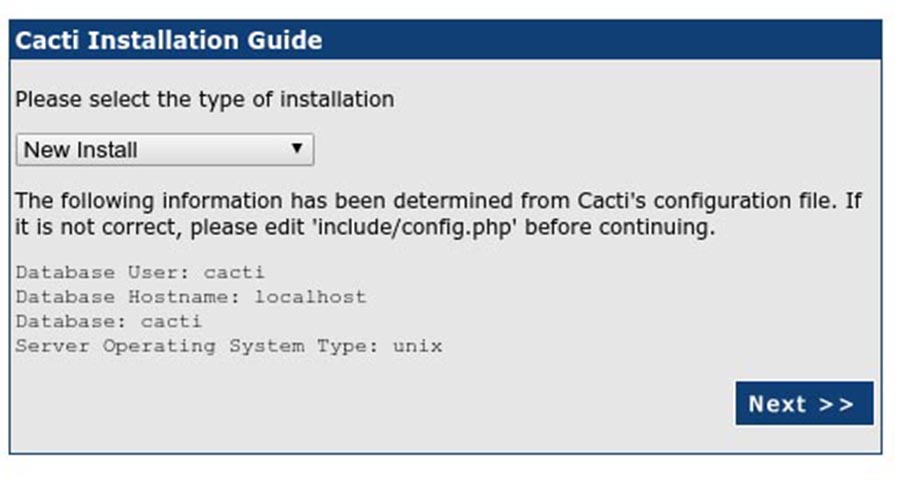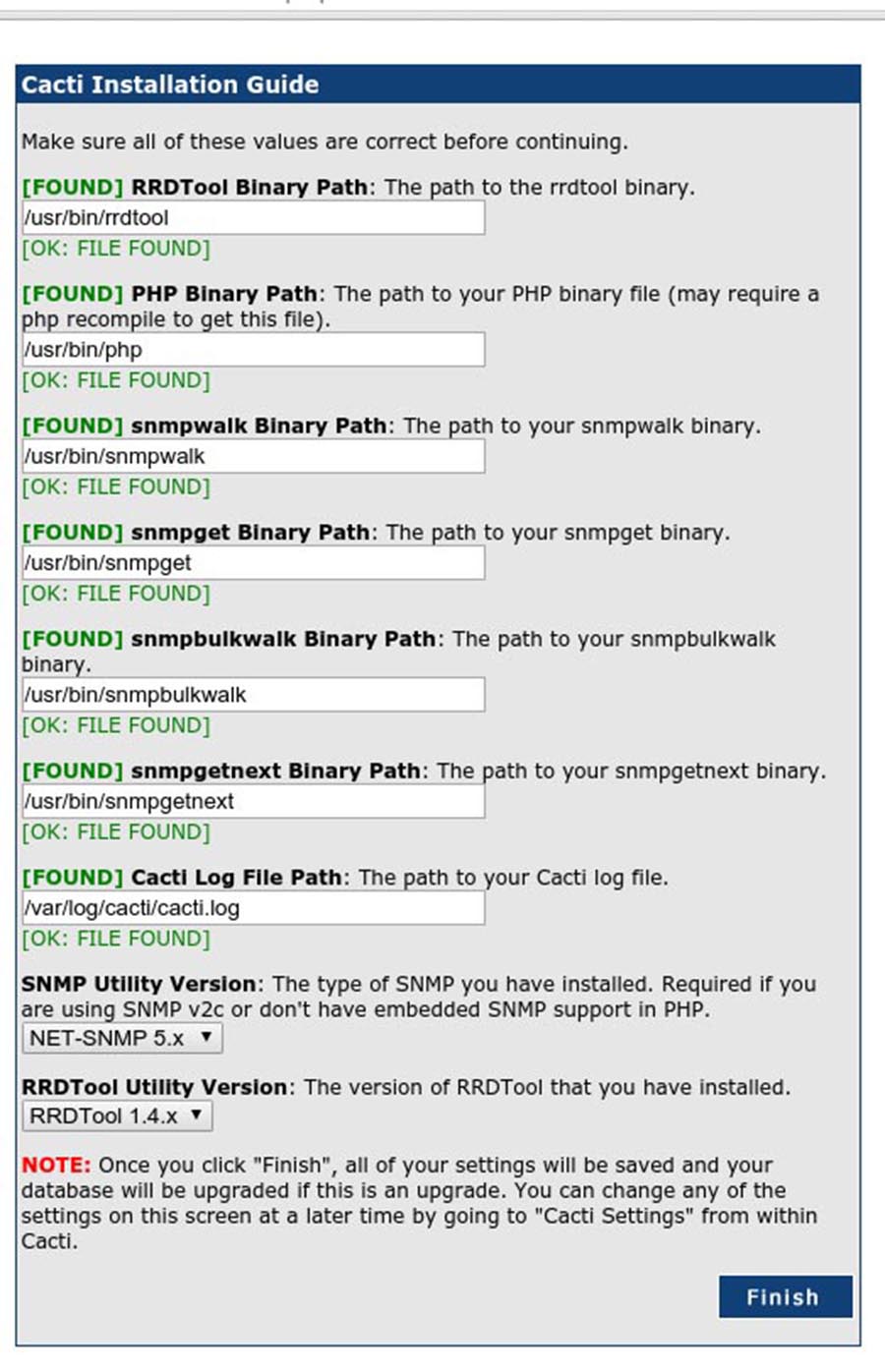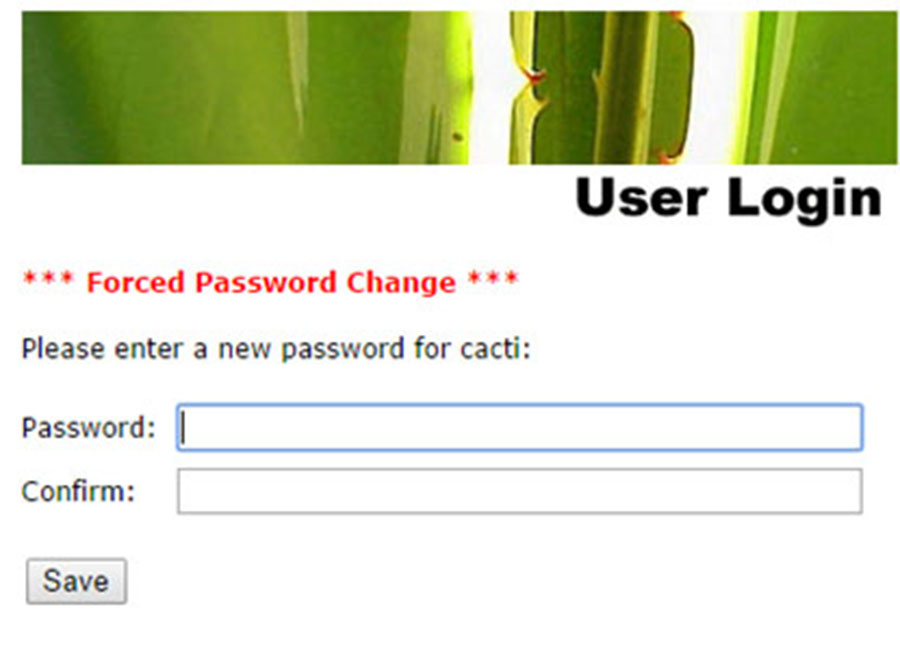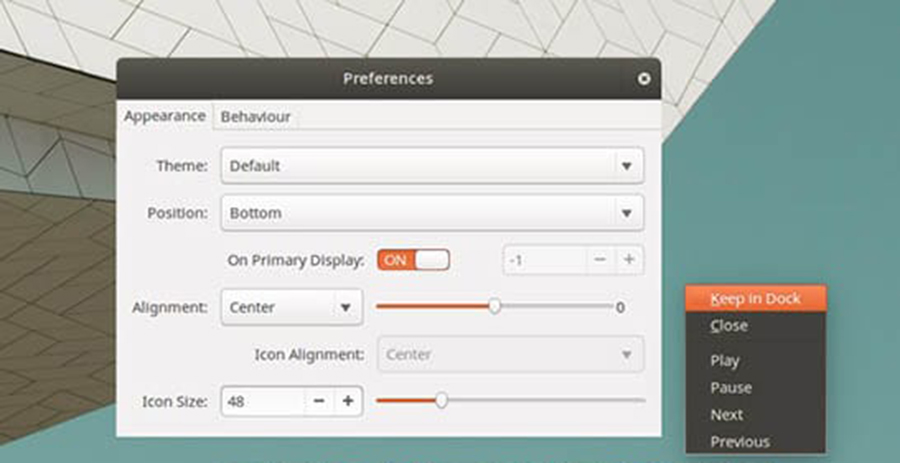SugarCRM is a popular customer relationship management system that has an open source version, SugarCRM Community Edition, with many devoted Linux users. It provides many functions such as activity management, contacts, accounts, campaigns, web-to-lead forms, dashboards, email clients and marketing, project management, bug tracking, shared calendars etc. that allow maximum management for business and client relationships.
Install SugarCRM on Ubuntu 16.04 LTS
This article assumes you have at least basic knowledge of linux, know how to use the shell, and most importantly, you host your site on your own VPS. The installation is quite simple and assumes you are running in the root account, if not you may need to add ‘sudo’ to the commands to get root privileges. I will show you through the step by step installation SugarCRM on a Ubuntu 16.04 (Xenial Xerus) server.
Step 1. First make sure that all your system packages are up-to-date by running these following apt-get commands in the terminal.
sudo apt-get update sudo apt-get upgrade
Step 2. Install LAMP (Linux, Apache, MariaDB, PHP) server.
A Ubuntu 16.04 LAMP server is required. If you do not have LAMP installed, you can follow our guide here. Also install all required PHP modules:
apt-get install imagemagick php7.0-curl php7.0-gd php7.0-mbstring php7.0-mysql libapache2-mod-php7.0 php7.0-mcrypt php7.0-bz2 php7.0-zip php7.0-json
You’ll need to also adjust some settings in your php.ini. Open up the file and edit these two variables:
nano /etc/php/7.0/apache2/php.ini
Also, add/modify the following settings:
post_max_size = 32M upload_max_filesize = 32M memory_limit = 768M
The required php modules will need to be manually enabled:
phpenmod imap phpenmod zip phpenmod mbstring
Step 3. Installing SugarCRM.
First thing to do is to go to SugarCRM’s download page and download the latest stable version of SugarCRM, At the moment of writing this article it is version 6.5.24:
wget https://nchc.dl.sourceforge.net/project/sugarcrm/1 - SugarCRM 6.5.X/SugarCommunityEdition-6.5.X/SugarCE-6.5.24.zip
Unpack the SugarCRM archive to the document root directory on your server:
unzip SugarCE-6.5.24.zip rm -rf /var/www/html/* cd SugarCE-Full-6.5.24/ cp -R * /var/www/html/
We will need to change some folders permissions:
chown -R www-data:www-data /var/www/html/
Step 4. Configuring MariaDB for SugarCRM.
By default, MariaDB is not hardened. You can secure MariaDB using the mysql_secure_installation script. you should read and below each steps carefully which will set root password, remove anonymous users, disallow remote root login, and remove the test database and access to secure MariaDB:
mysql_secure_installation
Configure it like this:
- Set root password? [Y/n] y - Remove anonymous users? [Y/n] y - Disallow root login remotely? [Y/n] y - Remove test database and access to it? [Y/n] y - Reload privilege tables now? [Y/n] y
Next we will need to log in to the MariaDB console and create a database for the SugarCRM. Run the following command:
mysql -u root -p
This will prompt you for a password, so enter your MariaDB root password and hit Enter. Once you are logged in to your database server you need to create a database for SugarCRM installation:
CREATE USER sugar@localhost;
SET PASSWORD FOR 'sugar'@'localhost' = PASSWORD("sugar-password");
GRANT ALL PRIVILEGES ON sugarcrm.* TO 'sugar'@'localhost' IDENTIFIED BY 'sugar-password' WITH GRANT OPTION;
flush privileges;
exit
Step 5. Configuring Apache web server for SugarCRM.
Create a new virtual host directive in Apache. For example, create a new Apache configuration file named ‘sugarcrm.conf’ on your virtual server:
touch /etc/apache2/sites-available/sugarcrm.conf ln -s /etc/apache2/sites-available/sugarcrm.conf /etc/apache2/sites-enabled/sugarcrm.conf nano /etc/apache2/sites-available/sugarcrm.conf
Add the following lines:
ServerAdmin [email protected] DocumentRoot /var/www/html/ ServerName your-domain.com ServerAlias www.your-domain.com Options FollowSymLinks AllowOverride All ErrorLog /var/log/apache2/your-domain.com-error_log CustomLog /var/log/apache2/your-domain.com-access_log common
Save and close the file. Restart the apache service for the changes to take effects:
systemctl restart apache2
Step 6. Accessing SugarCRM.
SugarCRM will be available on HTTP port 80 by default. Open your favorite browser and navigate to http://yourdomain.com/ or http://server-ip and complete the required the steps to finish the installation. If you are using a firewall, please open port 80 to enable access to the control panel.
Congratulation’s! You have successfully installed SugarCRM. Thanks for using this tutorial for installing SugarCRM on Ubuntu 16.04 LTS (Xenial Xerus) system. For additional help or useful information, we recommend you to check the official SugarCRM web site.





